What we know about the Guildford pub bombings
- Published
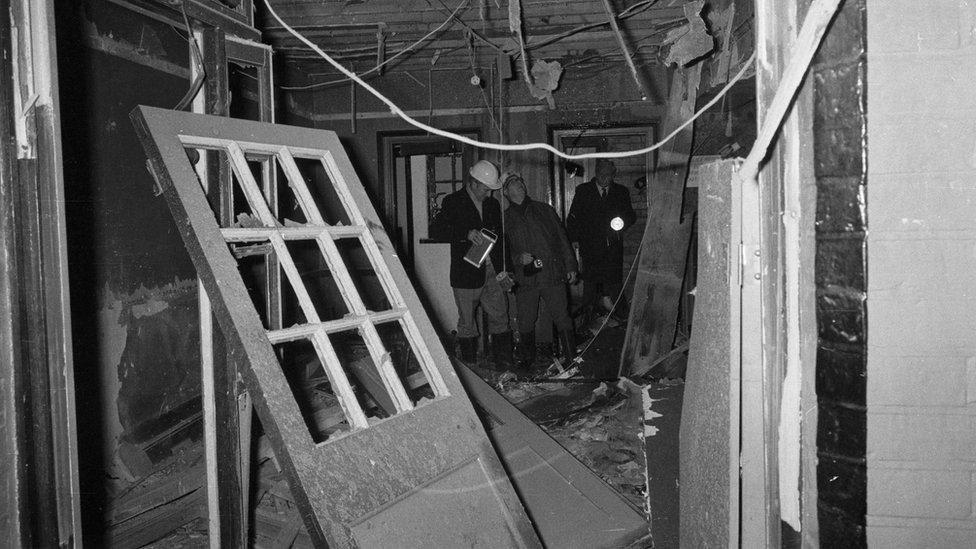
Five people died in the blasts which ripped through two Surrey pubs in 1974
The inquest into the deaths of five people killed in the Guildford pub bombings should resume, a coroner has ruled. This is what we know about the attacks.
What happened at the time?
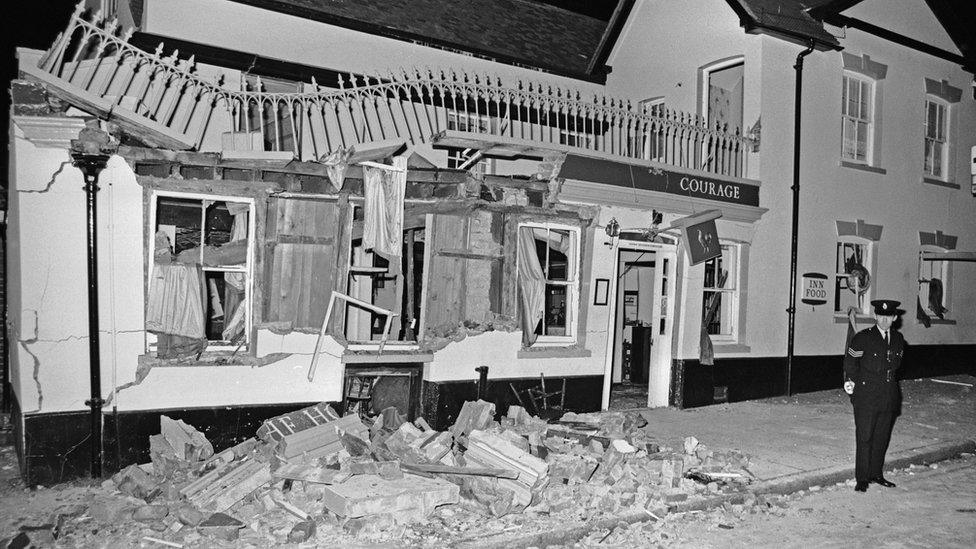
Five people died in the blast at the Horse & Groom on 5 October 1974
The bomb attacks took place on 5 October 1974, in two pubs popular with British army personnel in Guildford, Surrey.
Soldiers Ann Hamilton, 19, Caroline Slater, 18, William Forsyth, 18, and John Hunter, 17, and plasterer Paul Craig, 21, all died in the blast at the Horse & Groom.
Another bomb exploded at a second pub, but there were no injuries.
Guildford was known as a "garrison town", with several barracks nearby, at Stoughton and Pirbright, as well as Aldershot in Hampshire, and a night-life that was popular with the 6,000 military personnel based in the area.
Inquests into the deaths were opened and adjourned immediately after the bombing while Surrey Police investigated.
The police investigation ended in the convictions of three men and a woman the following year.
The then Surrey coroner, Lt Col Murdoch McEwan, concluded that the murder trial and convictions had made inquests unnecessary and decided not to resume them.
Who were the Guildford Four?
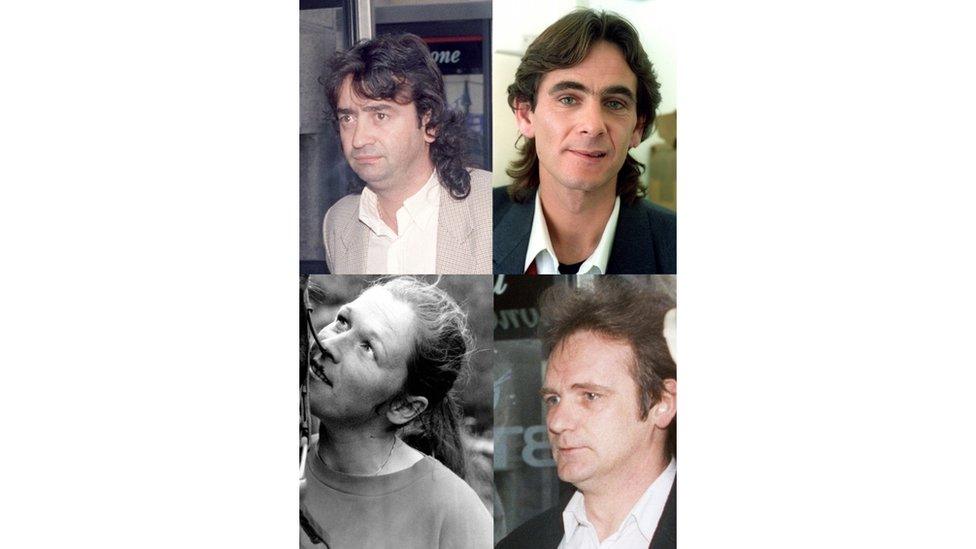
Gerry Conlon, Paul Hill, Patrick Armstrong and Carole Richardson eventually had their convictions quashed
Gerry Conlon, Paddy Armstrong, Paul Hill and Carole Richardson, were jailed for life at the Old Bailey on 22 October 1975.
All had made signed confessions which they later retracted. They alleged the statements had been obtained using violence, threats to their family and intimidation.
They always protested their innocence but served 15 years before their convictions were quashed by the Court of Appeal in 1989.
The case is widely considered to be one of Britain's worst miscarriages of justice.
It shattered confidence in the British legal system, sparked an Oscar-winning film and, eventually, an apology on behalf of the UK government from Prime Minister Tony Blair.
Why were their convictions quashed?
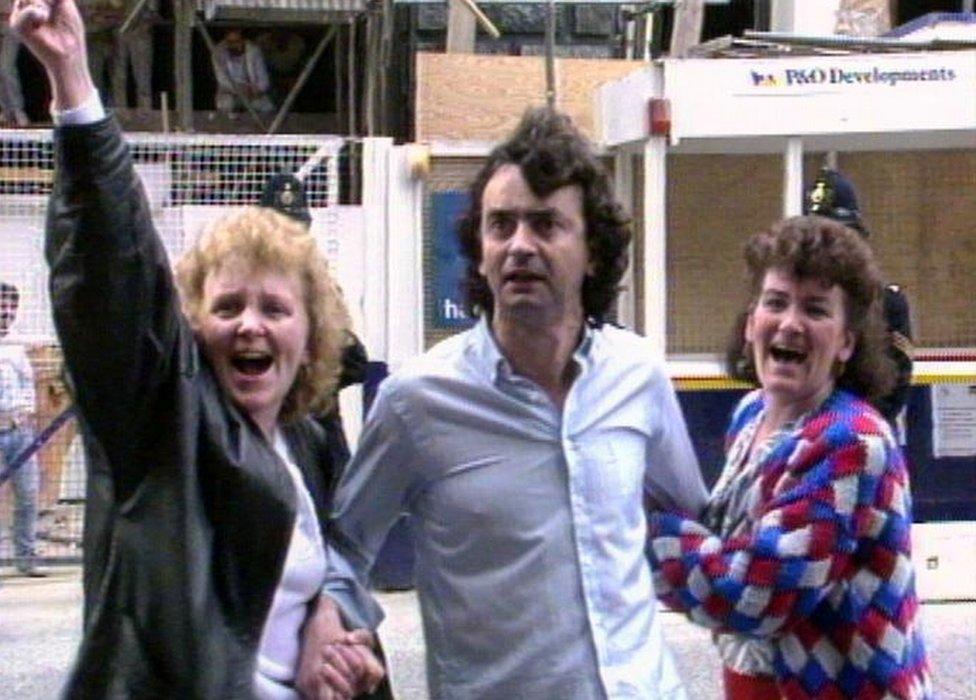
Gerry Conlon pictured with his sisters after he was freed
It was only after a campaign that received support from high-profile politicians and law lords that the Guildford Four were finally released.
On 19 October 1989, the Court of Appeal ruled the convictions were unsafe and set the Guildford Four free.
A four-man IRA unit known as the Balcombe Street gang claimed responsibility for the attacks in 1976 but was never charged.
Over the years it has been disputed how many members were in the unit - a court transcript suggested up to 20.
What has happened since?
In 1993, three Surrey Police officers involved in the original investigation faced charges in relation to conspiracy to pervert the course of justice.
They stood trial and were acquitted. The findings of a judicial inquiry, held by Sir John May, into the circumstances surrounding the convictions were published in 1994.
All the files in relation to the case were placed in the national archives. Hundreds remain closed, with an opening date of 1 January 2020.
In 2014, solicitor Alastair Logan, who represented the group, called for evidence received in private during Sir John's inquiry to be made public.
In 2017, KRW Law, representing the family of victim Ann Hamilton and survivor Yvonne Tagg, applied for a resumption of the inquests after the BBC obtained papers about the case under a Freedom of Information request.
What happens now?
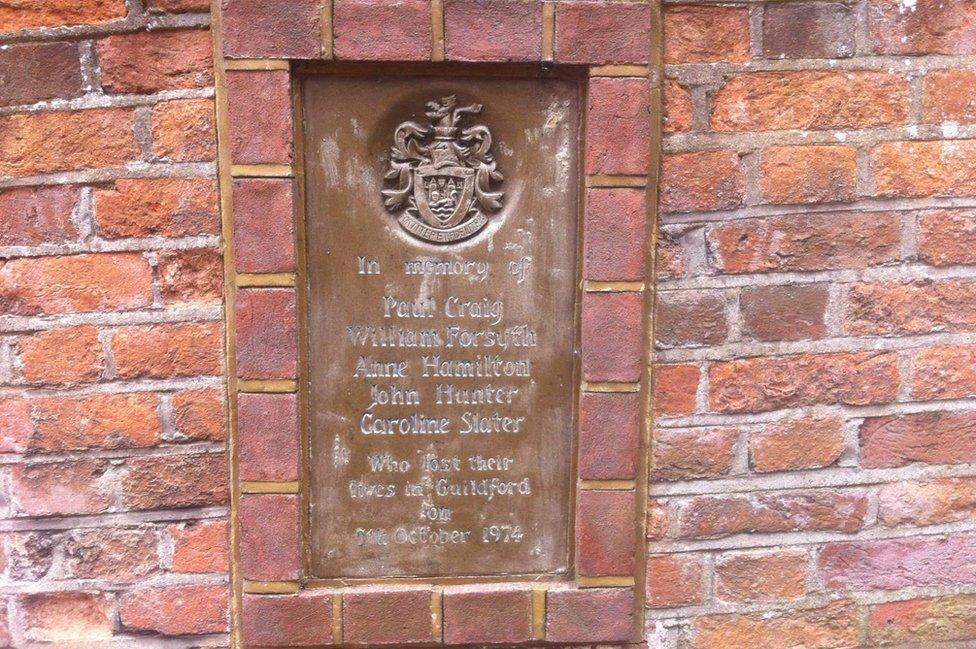
There is a memorial plaque to the five people killed in Guildford
Surrey coroner Richard Travers will meet Surrey Police for an update.
In a statement following the ruling, the force said it was cataloguing all material held in relation to the bombings, but that would take up to a further 18 months to complete.
It added: "Once all the material held has been catalogued, an assessment will be carried out to consider whether re-investigation is a viable option."
A further pre-inquest review will be held to look at the scope of inquiry and issues of document disclosure.
But Mr Travers said disclosure of any documents would be within the scope of the inquest.
- Published19 November 2018
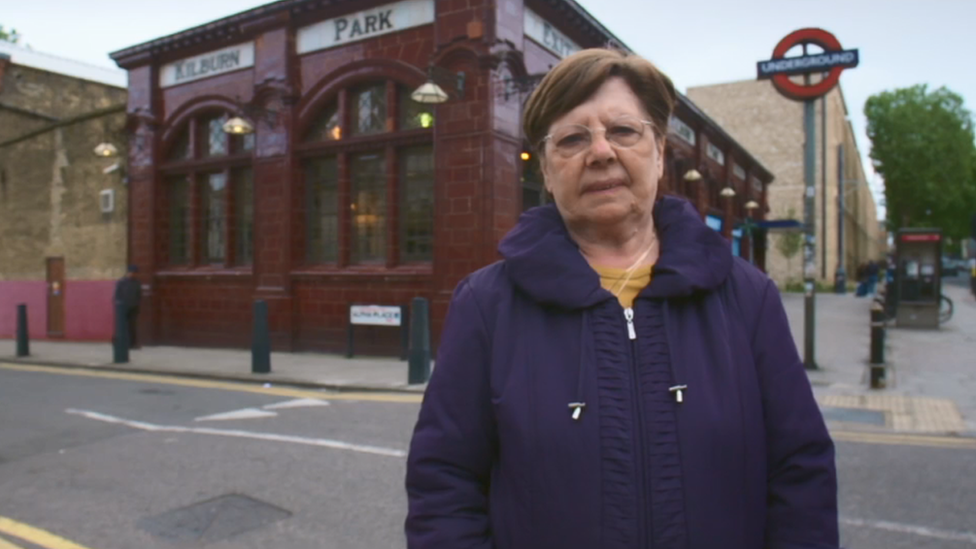
- Published13 March 2018

- Published23 January 2018
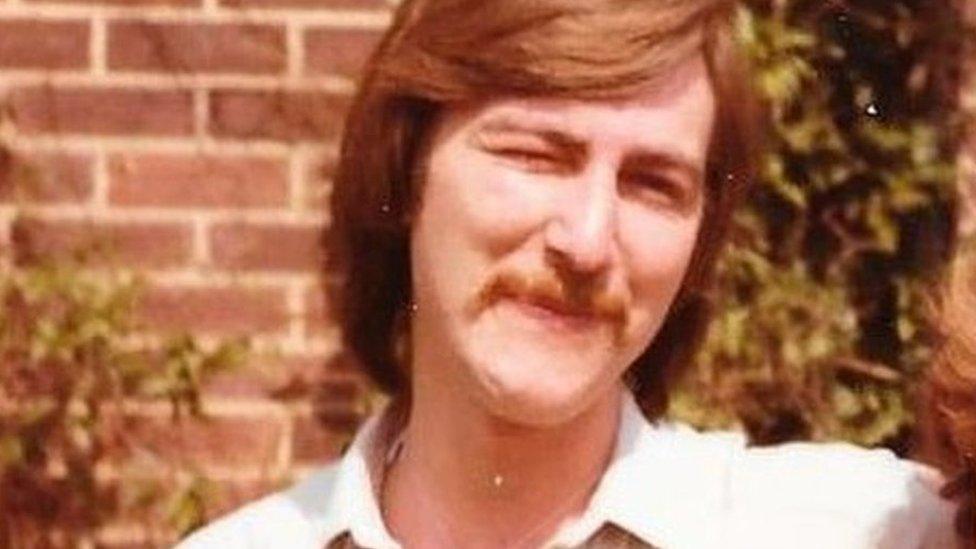
- Published8 November 2017

- Published4 August 2017

- Published27 October 2016
